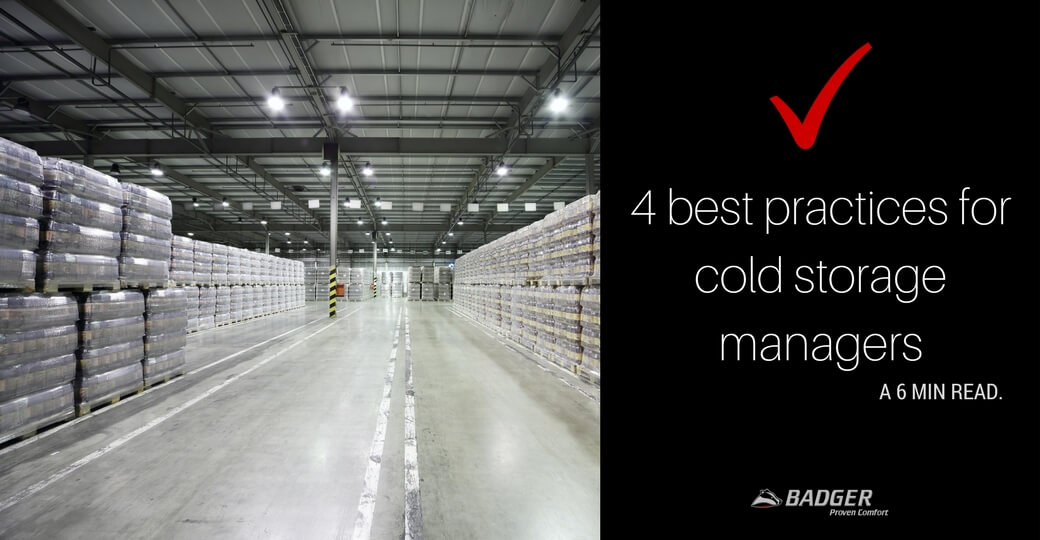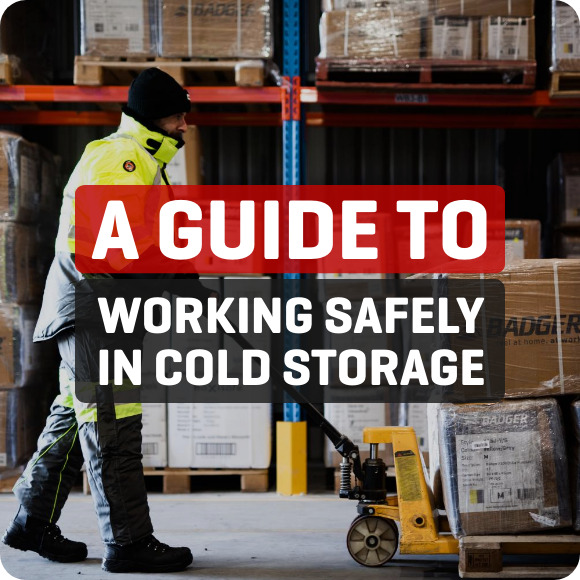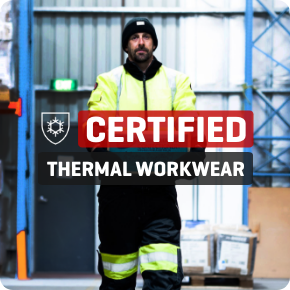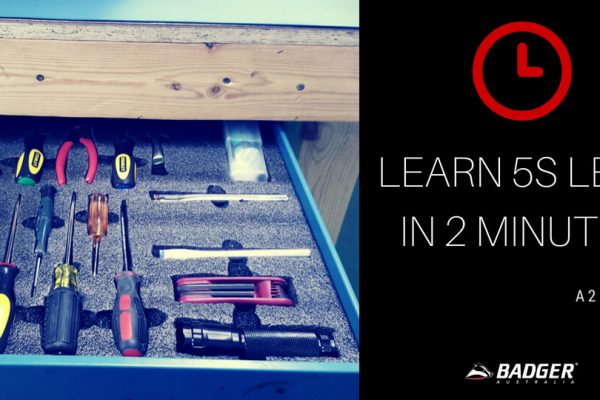4 best practices for cold storage and food warehouse management

If you’re in the cold storage and refrigerated transport industry, you’re probably in for busier times!
Demand for cold storage and refrigerated warehousing is steadily rising in concurrence with the increasing demand for frozen and perishable foods following desires worldwide for improved living standards.
Effective management of a cold storage warehouse is no walk in the park, however. It requires intricate attention to detail and management skills to ensure optimum productivity is maintained, despite the harsh, freezing conditions.
Here are 4 best practices for you to ‘check off’ and apply in your role managing a cold store to ensure you’re effectively and efficiently fulfilling your role. If you’ve picked up other best practices through experience, please feel free to share them in the comments section below!
1. Facilitate excellent product traceability

Dealing with and storing food leaves little room for error – especially when the products are perishable. In instances where temperature control becomes compromised and/or product recalls are required, complete visibility and traceability is extremely important to isolate batches with quality issues and economically resolve such issues to preserve customer satisfaction & safety. Here are some tips to improve your company’s traceability:
- Utilize bar code printing and scanning to enable real time analytics
- Track individual parts/ingredients
- Use an ERP that has advanced tracing & recall capabilities
2. Plan for contingencies & delays

Despite even the greatest, most meticulous planning, the hustle and bustle of everyday life can bring in unexpected contingencies very quickly. A refrigerated truck could experience a ‘flattie’ or an accident could suddenly cause serious traffic congestion.
In this type of situation, time is money for cold storage companies, and they must respond quickly to ensure the delay doesn’t jeopardize the quality and safety of the goods. Plan for these situations so a clear and coherent plan is in place to minimize the event’s impact on bottom-line and quality control.
3. Bear in mind the impact of the cold on equipment (and people)
The conditions and temperatures within cold storage warehouses are pretty extreme and can cause systems, including human ones, to deteriorate and slow down. Battery lives for equipment and forklifts can be drained by exposure to the conditions and condensation build-ups can cause technical difficulties if the equipment isn’t adequately sealed & waterproofed.
Similarly, the constant chill can cause workers to slow down as their limbs become cold and uncomfortable. This can lower their productivity and attention spans, and cause them to become easily agitated.
 To avoid these disadvantages:
To avoid these disadvantages:
- Regularly audit any equipment and capital goods
- Ensure any new purchases are tough & equipped for the conditions
- Invest in decent, warm freezer wear for your workers…(and yes, Badger gear lasts 40% longer than traditional freezerwear and is as warm as toast!)
4. Automise, streamline and go ‘lean’
Lean processes are a vital requirement in any warehouse, but especially so in cold storage and refrigerated store rooms and warehouses. The core objective of most cold chain companies is to minimise the time it takes to move a product through the entire network & system, so implementing lean processes is about reducing this turn around time by making small changes to incrementally increase efficiency.
The rise of robotics and automation has opening another whole realm of efficiencies, where energy, space and labor requirements can be reduced by superseding traditional methods and processes with automated robotics. Keep an eye on developments in the industry to ensure you’re up to date and more efficient than your competition by investing in automation wherever possible.
Comment below if you found these points informative or you have your own best-practices to share!
Want a downloadable version of this post? Click Here







2 Comments. Leave new
I like that this article recommends planning for emergencies so that you can respond quickly in order to prevent any problems with the quality and safety of the goods. You’d probably want to do this both for when the products are traveling and when they’re in the warehouse. When creating a plan, it could help to work with a professional food warehousing service so that you have experienced professionals who can help you think of any possible emergencies in order to figure out how to handle them.
Thanks for your message Tiffany! Glad you found the article interesting and thanks for the tips that you’ve picked up from years of experience!